

Tableware
Why Are Wine Glasses Filled Halfway?
Modified: December 7, 2023
Discover the secret behind why wine glasses are filled halfway. Get insights into the tableware etiquette and the science behind the ideal wine serving level.
(Many of the links in this article redirect to a specific reviewed product. Your purchase of these products through affiliate links helps to generate commission for Storables.com, at no extra cost. Learn more)
Introduction
When it comes to enjoying a glass of wine, the way in which it is served and presented plays a significant role in enhancing the overall experience. From the type of glassware used to the temperature of the wine, every detail matters. One particular aspect that often raises questions is the level at which wine glasses are filled – why are they often filled only halfway?
To understand the reasoning behind this practice, we need to dive into the historical background of wine glasses and explore the science and cultural influences that have shaped this tradition. Moreover, we will debunk common misconceptions and shed light on the importance of proper wine glass filling. So, let’s embark on this journey and unravel the mystery behind half-filled wine glasses.
Key Takeaways:
- Filling wine glasses halfway enhances aroma concentration, taste perception, and temperature control, creating an optimal environment for enjoying the complexities of wine.
- Cultural, historical, and scientific influences shape the tradition of half-filled wine glasses, emphasizing the importance of thoughtful wine presentation and enjoyment.
Read more: Why Are There Different Wine Glasses?
Historical Background of Wine Glasses
The use of glassware for drinking dates back thousands of years. Ancient civilizations, such as the Egyptians and Romans, utilized various vessels made of clay, metal, or even animal horns to consume alcoholic beverages. However, it was during the Roman Empire that glassblowing techniques were refined, leading to the production of more sophisticated and delicate glassware.
The shape and design of wine glasses evolved over time. In the Middle Ages, wine was commonly served in goblets or chalices made of metal or precious materials, often adorned with intricate engravings or gemstones. As the Renaissance period unfolded, glassmaking techniques improved, and wine glasses became more elaborate and delicate.
In the early 18th century, the advent of lead crystal revolutionized the glassware industry. The addition of lead oxide to the glass composition gave the vessels a brilliant, sparkling appearance. Wine glasses, particularly those used for fine wines, became more refined and elegant. This period marked the rise of stemware, with long stems and wide bases to enhance stability and prevent the transfer of heat from the hand to the wine.
During the 19th century, as the production of glassware became more industrialized, innovative shapes and designs emerged. The development of different wine glass styles aimed to enhance the aroma, taste, and overall drinking experience. These various styles include Bordeaux glasses, Burgundy glasses, Champagne flutes, and more, each crafted to showcase specific wine varietals in the best possible way.
With the rich history and evolving craftsmanship of wine glasses, it’s clear that the way wine is served has always been of utmost importance to wine enthusiasts and connoisseurs. But why are wine glasses often filled only halfway? Let’s delve into the reasons behind this intriguing practice.
The Importance of Proper Wine Glass Filling
Proper wine glass filling is crucial for several reasons. It not only enhances the aesthetic appeal of the wine presentation but also allows for optimal aroma and taste appreciation. Here are a few key reasons why filling wine glasses to the right level is important:
- Aroma Concentration: Filling a wine glass halfway ensures that there is enough space in the glass to allow the wine’s aroma to develop and concentrate. The narrow opening of the glass captures the bouquet, directing it towards the nose as the wine is swirled or agitated. This allows for a more pronounced and enjoyable olfactory experience, enhancing the overall enjoyment of the wine.
- Taste Perception: By filling the glass halfway, there is an appropriate amount of wine in the glass to allow for easy swirling, which helps to aerate and expose the wine to oxygen. This aeration process can release the wine’s flavors, allowing them to fully develop and intensify. The shape and design of wine glasses are specifically engineered to enhance the taste of different wine varietals, and proper filling ensures that the wine can reach its full flavor potential.
- Temperature Control: The level at which a wine glass is filled can also impact the temperature of the wine. Leaving enough room in the glass allows the wine to breathe and maintain its desired temperature. Additionally, gripping the glass by the stem instead of the bowl prevents the heat from the hand from warming the wine, preserving its temperature and ensuring a more refreshing and pleasant drinking experience.
- Visual Presentation: Wine is not just about its taste and aroma but also its visual appeal. Filling the glass halfway allows for an elegant and visually appealing presentation. It allows the wine’s color and clarity to be admired, showcasing the wine’s characteristics and quality. This attention to detail adds to the overall enjoyment and appreciation of the wine.
By understanding the importance of proper wine glass filling, we can appreciate the thoughtfulness and intention behind this practice. Wine lovers and professionals alike recognize the impact that the right glass filling level can have on the overall wine drinking experience.
The Science Behind Filling Wine Glasses Halfway
The practice of filling wine glasses halfway is not just a tradition but also rooted in science. Several factors come into play when determining the ideal filling level, including the shape of the glass, the wine’s volatility, and the wine-drinking experience itself.
One key factor is the wine glass shape. Wine glasses are designed with a specific bowl shape and opening diameter to optimize the wine-drinking experience. The wider bowl provides ample space for the wine to breathe and aerate, allowing the flavors and aromas to develop fully. The narrower opening helps to concentrate the wine’s aromatic compounds, directing them towards the nose as the wine is swirled.
When a wine glass is filled halfway, it creates the perfect environment for releasing the wine’s aromas. As the wine is swirled, the aromatic compounds are agitated and vaporized. With enough space in the glass, these volatile compounds can gather at the top of the glass and be easily detected by the nose, enhancing the sensory experience.
Additionally, filling the glass halfway ensures that the wine has enough exposure to oxygen. Oxygen plays a crucial role in the wine’s evolution and flavor development. By leaving enough space in the glass, the wine is exposed to more oxygen, allowing it to open up and reveal its complex flavors over time.
Moreover, the act of swirling the wine in the glass serves a purpose beyond just looking elegant. It helps to introduce oxygen into the wine, further enhancing its flavors and aromas. Filling the glass halfway allows for easy swirling without the risk of spillage.
It’s also worth noting that filling a wine glass halfway allows for proper temperature control. The wine’s temperature can greatly impact its taste and aroma. With enough room in the glass, the wine can maintain its desired temperature, especially when handled by the stem and not warmed by the hand. This ensures that the wine is served and enjoyed at its optimal temperature.
The science behind filling wine glasses halfway emphasizes the importance of creating the right environment for aroma concentration, flavor development, and temperature control. By understanding the science behind this practice, we can appreciate how it enhances the overall wine-drinking experience.
Factors Affecting Wine Glass Filling Levels
The level at which wine glasses are filled can vary depending on several factors that influence the wine-drinking experience. These factors include the type of wine being served, the occasion, personal preference, and cultural or regional traditions. Let’s explore these factors in more detail:
- Wine Type: Different wine varietals have distinct characteristics that may require specific glass filling levels. For example, lighter-bodied wines such as white wines or rosés, which are often served chilled, may be filled closer to the brim to maintain their cooler temperature. On the other hand, red wines, which are typically served at room temperature, are often filled halfway to allow for proper swirling and aroma concentration.
- Occasion: The occasion or setting in which wine is served can also influence the glass filling level. For formal occasions or wine tastings, the standard practice is to fill the glass halfway to allow for proper evaluation and appreciation of the wine’s characteristics. However, in casual social gatherings, such as parties or informal dinners, glasses may be filled closer to the brim for convenience and ease of serving.
- Personal Preference: Personal preference plays a significant role in determining the filling level of wine glasses. Some individuals may prefer a smaller pour in order to savor and appreciate each sip, while others may prefer a fuller glass for a more generous serving. Additionally, some wine enthusiasts believe that a smaller pour allows them to taste different wines without becoming intoxicated quickly, enabling them to fully enjoy and assess each wine’s nuances.
- Cultural and Regional Traditions: Cultural and regional traditions can also influence wine glass filling levels. In some cultures, particularly those with a strong wine heritage like France or Italy, filling wine glasses halfway is customary and seen as a mark of sophistication. These traditions have been passed down through generations and are deeply ingrained in the wine-drinking traditions of these regions.
It’s important to note that while there are general guidelines for wine glass filling levels, these factors can create some variation and flexibility. Ultimately, the most important aspect is to ensure that the wine is served in a way that enhances its aroma, taste, and overall enjoyment.
By considering these factors and understanding their influence on wine glass filling levels, we can appreciate the diversity and flexibility within wine-drinking traditions and make informed choices when it comes to serving and enjoying wine.
When filling a wine glass halfway, it allows room for swirling without spilling and leaves space for the wine’s aromas to concentrate, enhancing the tasting experience.
Cultural and Societal Influences on Wine Glass Filling
The way wine glasses are filled can vary significantly based on cultural and societal influences. Cultural traditions, regional customs, and societal norms all play a role in determining the preferred filling levels of wine glasses. Let’s explore some of these influences:
- Historical Traditions: Many cultural and historical traditions have shaped the way wine is served and consumed. In some European countries, such as France and Italy, filling wine glasses halfway has become a customary practice. This tradition is steeped in a deep appreciation for wine and the belief that it should be savored and enjoyed in moderation.
- Formal Dining Etiquette: Formal dining etiquette has influenced wine glass filling levels in various settings. Traditional dining protocols often dictate that wine glasses should be filled halfway to create a visually appealing presentation and allow room for swirling and aroma concentration. This practice is seen as a mark of elegance and sophistication.
- Wine Tasting Norms: In the realm of wine tastings and professional wine evaluations, filling wine glasses halfway is a common practice. This approach allows for proper evaluation of the wine’s characteristics, including its appearance, aroma, and taste. It is an essential aspect of the wine tasting experience, enabling enthusiasts and professionals to fully assess the wine’s quality and nuances.
- Modern Trends: In recent years, there has been a shift towards more casual and relaxed wine-drinking experiences. This trend is reflected in the filling levels of wine glasses. In social gatherings and informal settings, it is not uncommon to see wine glasses filled closer to the brim. This is often done for practicality and convenience, allowing guests to enjoy a fuller pour without the need for constant refills.
- Regional Variations: Different regions and countries have their own unique customs and preferences when it comes to wine glass filling levels. For example, in Spain, it is traditional to serve wine in smaller pour sizes as part of their “copas” culture. In contrast, in countries like the United States, a fuller pour may be more common, aligning with the American emphasis on generous portions.
These cultural and societal influences demonstrate the diversity and versatility in wine-drinking traditions and customs around the world. It is important to respect and appreciate these differences, as they contribute to the rich tapestry of wine culture globally.
As wine lovers, understanding and embracing these influences can enhance our appreciation for the traditions and customs associated with wine glass filling levels. It also encourages us to explore different wine-drinking experiences and embrace the richness of cultural diversity when it comes to enjoying one of life’s great pleasures – a glass of wine.
Wine Serving Etiquette and Protocols
Wine serving etiquette and protocols add an element of sophistication and elegance to the overall wine-drinking experience. Properly serving wine demonstrates respect for the beverage and enhances the enjoyment of its flavors and aromas. Here are some key guidelines to follow when serving wine:
- Opening the Bottle: When opening a bottle of wine, it is customary to do so in front of the guests. This allows them to witness the opening and ensures that the bottle has not been tampered with. It is good practice to use a corkscrew to gently extract the cork while avoiding any breakage or crumbling.
- Wine Temperature: Temperature plays a crucial role in the enjoyment of wine. White wines are typically served chilled, while red wines are preferred at room temperature. Sparkling wines and Champagne are served well-chilled. It’s important to consider the appropriate temperature for each type of wine to ensure optimal taste and aroma.
- Decanting: For certain older red wines or bold varietals, decanting is recommended. This process involves transferring the wine from the bottle to a decanter, allowing it to breathe and separate from any sediment. Decanting helps improve the wine’s taste and texture, and it can also be a visually pleasing way to present the wine.
- Glassware Selection: Choosing the right glassware is essential for serving wine. The shape of the glass can influence the wine’s aromas and flavors. For instance, red wines are best served in glasses with wider bowls to allow the wine to aerate, while white wines are often served in glasses with smaller bowls to concentrate their delicate aromas. Champagne flutes are designed to showcase the bubbles and preserve their effervescence.
- Glass Filling Level: As discussed earlier, wine glasses are often filled halfway to allow for proper aroma concentration, taste perception, and temperature control. This practice ensures that the wine has enough space to develop its bouquet and flavors, providing an enhanced sensory experience for the drinker.
- Serving Order: When serving wine at a meal, it is customary to serve lighter wines before heavier ones. This allows the taster to appreciate the nuances of each wine without overwhelming the palate. For example, white wines are typically served before red wines, and sweet wines are often served after a main course or with desserts.
- Handling and Pouring: When handling a wine bottle, it is best to hold it by the base or the lower part of the bottle, away from the label. This prevents heat transfer from the hands to the wine. When pouring, the server should hold the bottle by the neck, ensuring a steady and controlled pour, avoiding spills and allowing guests to see and appreciate the wine being poured.
By following these serving etiquette and protocols, you can elevate the wine-drinking experience and demonstrate a genuine appreciation for the wine being served. These guidelines also ensure that the wine is enjoyed to its fullest potential, allowing its unique characteristics to shine.
Remember, wine serving etiquette is not meant to be restrictive, but rather to enhance the overall experience and showcase the beauty of this timeless beverage.
Common Misconceptions about Filling Wine Glasses
There are several misconceptions surrounding the practice of filling wine glasses. These misconceptions can often lead to confusion and misunderstanding about the proper way to serve and enjoy wine. Let’s address some of the common misconceptions:
- More is Better: One common misconception is that filling a wine glass to the brim provides a more generous pour and a better drinking experience. However, filling a wine glass halfway allows for proper swirling and aeration, enhancing the wine’s aromas and flavors. It also leaves enough space to appreciate the visual presentation of the wine and maintain its optimal temperature.
- Lack of Generosity: Some people mistakenly believe that serving wine in half-filled glasses appears less generous. However, the true measure of generosity should not be solely based on the amount of wine poured, but rather on the genuine desire to provide a pleasurable and memorable experience for guests. Filling a wine glass halfway allows for proper appreciation of the wine without overwhelming the drinker.
- Wastefulness: Another misconception is that serving wine in half-filled glasses leads to wastage. While it is important to avoid unnecessary waste, filling wine glasses halfway is a deliberate choice that allows for a more enjoyable and nuanced wine-drinking experience. This practice enables the wine’s aromas and flavors to be fully appreciated, enhancing the overall pleasure of the drinking experience.
- Lack of Knowledge or Skill: Some may believe that filling wine glasses halfway is a sign of ignorance or lack of knowledge. On the contrary, this practice is rooted in centuries-old traditions and scientific principles that enhance the wine-drinking experience. It showcases an understanding and appreciation for the nuances of wine and demonstrates a desire to serve it at its best.
- One Size Fits All: A common misconception is that all wine glasses should be filled halfway, regardless of the wine type or occasion. In reality, different wines and settings may call for subtle variations in glass filling levels. Lighter white wines may benefit from a slightly fuller pour, while more robust red wines may be better enjoyed with a half-filled glass. Flexibility and adaptability are key when considering the appropriate filling level for each specific wine.
By dispelling these common misconceptions, we can approach the practice of filling wine glasses halfway with a better understanding of its purpose and benefits. Properly filled wine glasses not only enhance the tasting experience but also allow for the full appreciation of the wine’s unique character and qualities.
Ultimately, the aim should be to serve and enjoy wine in a way that respects its complexities and delights the senses, rather than being influenced by misconceptions or preconceived notions.
Conclusion
The practice of filling wine glasses halfway carries both historical significance and scientific reasoning. Throughout history, the evolution of glassware and cultural traditions have shaped this customary practice, emphasizing the importance of proper wine presentation and enjoyment. The science behind filling wine glasses halfway lies in creating an optimal environment for aroma concentration, taste perception, and temperature control. It allows the wine’s aromas to develop and concentrate, ensures proper oxygen exposure for flavor enhancement, and maintains the desired temperature of the wine.
Several factors influence the filling levels of wine glasses, including the type of wine, the occasion, personal preferences, and cultural and societal influences. While certain guidelines exist, flexibility and adaptability are key to serving wine in a way that enhances the overall experience. It is essential to consider the characteristics of the wine being served and the setting in which it is enjoyed.
Understanding wine serving etiquette and protocols, such as opening the bottle, choosing the appropriate glassware, and handling the wine with care, adds an element of sophistication and elegance to the wine-drinking experience. By dispelling common misconceptions about filling wine glasses, we can appreciate the deliberate thought and intention behind this practice, enhancing our enjoyment and understanding of wine.
So, the next time you find yourself pouring a glass of wine, consider the history, science, and cultural influences behind the tradition of filling wine glasses halfway. Take a moment to appreciate the aromas, taste, and visual presentation that a half-filled glass provides. Let this practice be a reminder of the artistry and craftsmanship involved in winemaking and the time-honored tradition of savoring and enjoying this remarkable beverage.
Raise your glass, savor each sip, and toast to the rich and vibrant world of wine.
Frequently Asked Questions about Why Are Wine Glasses Filled Halfway?
Was this page helpful?
At Storables.com, we guarantee accurate and reliable information. Our content, validated by Expert Board Contributors, is crafted following stringent Editorial Policies. We're committed to providing you with well-researched, expert-backed insights for all your informational needs.
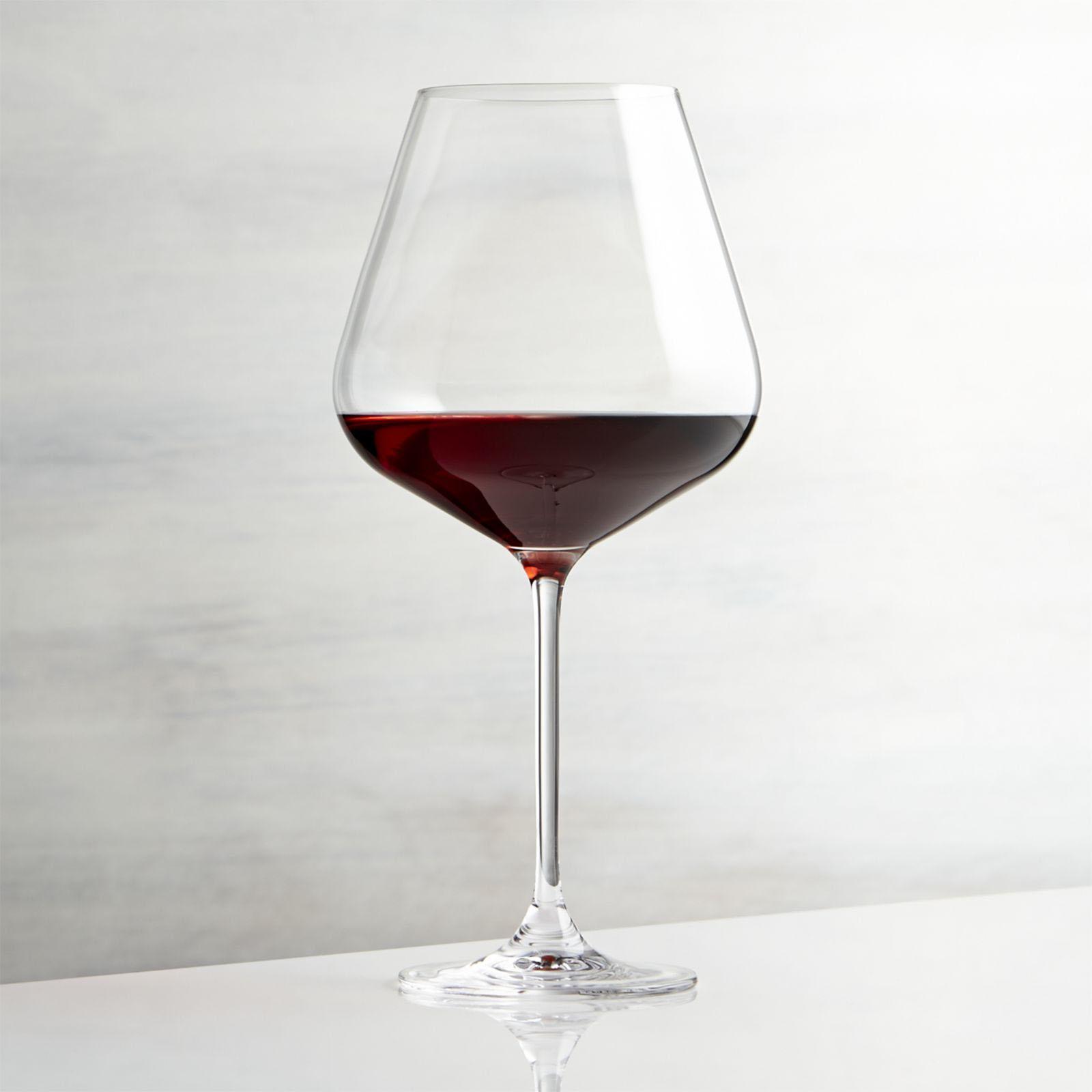
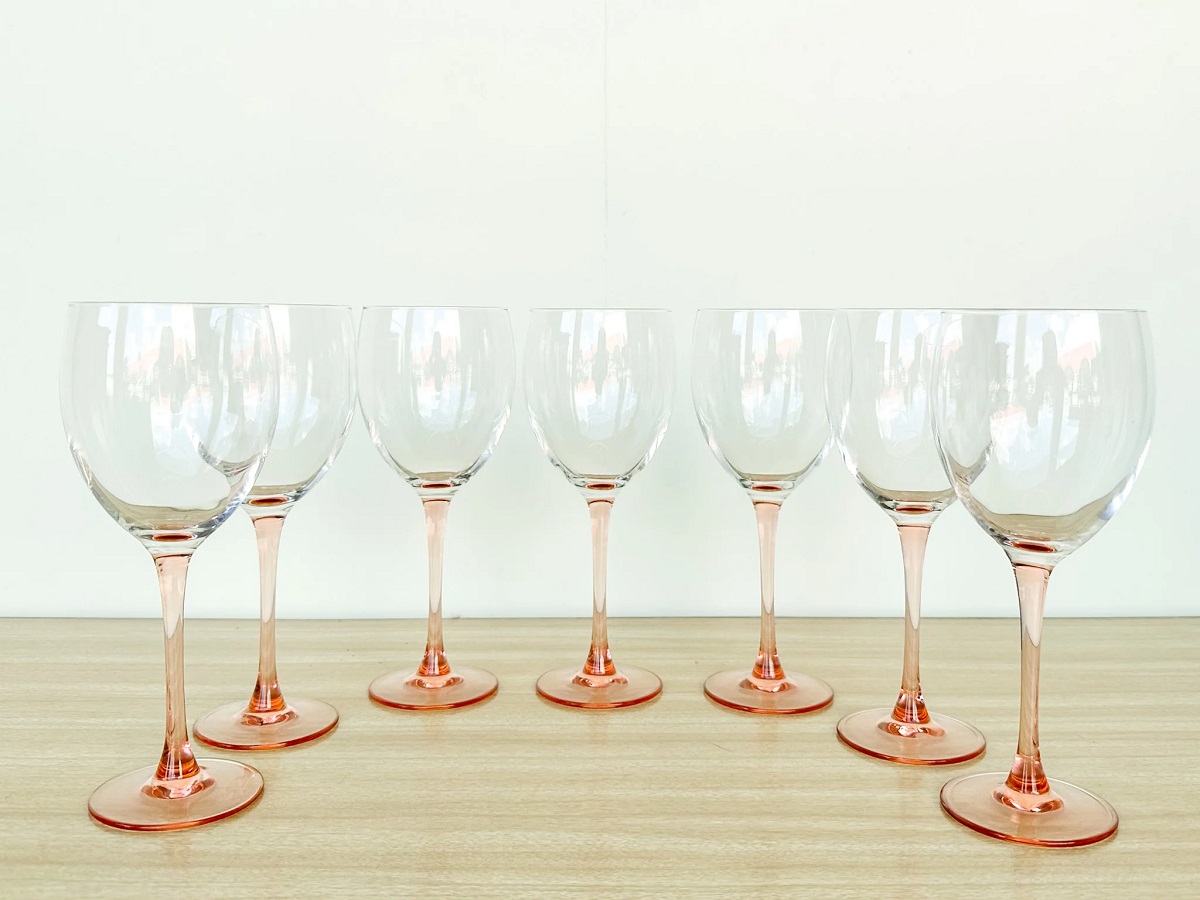
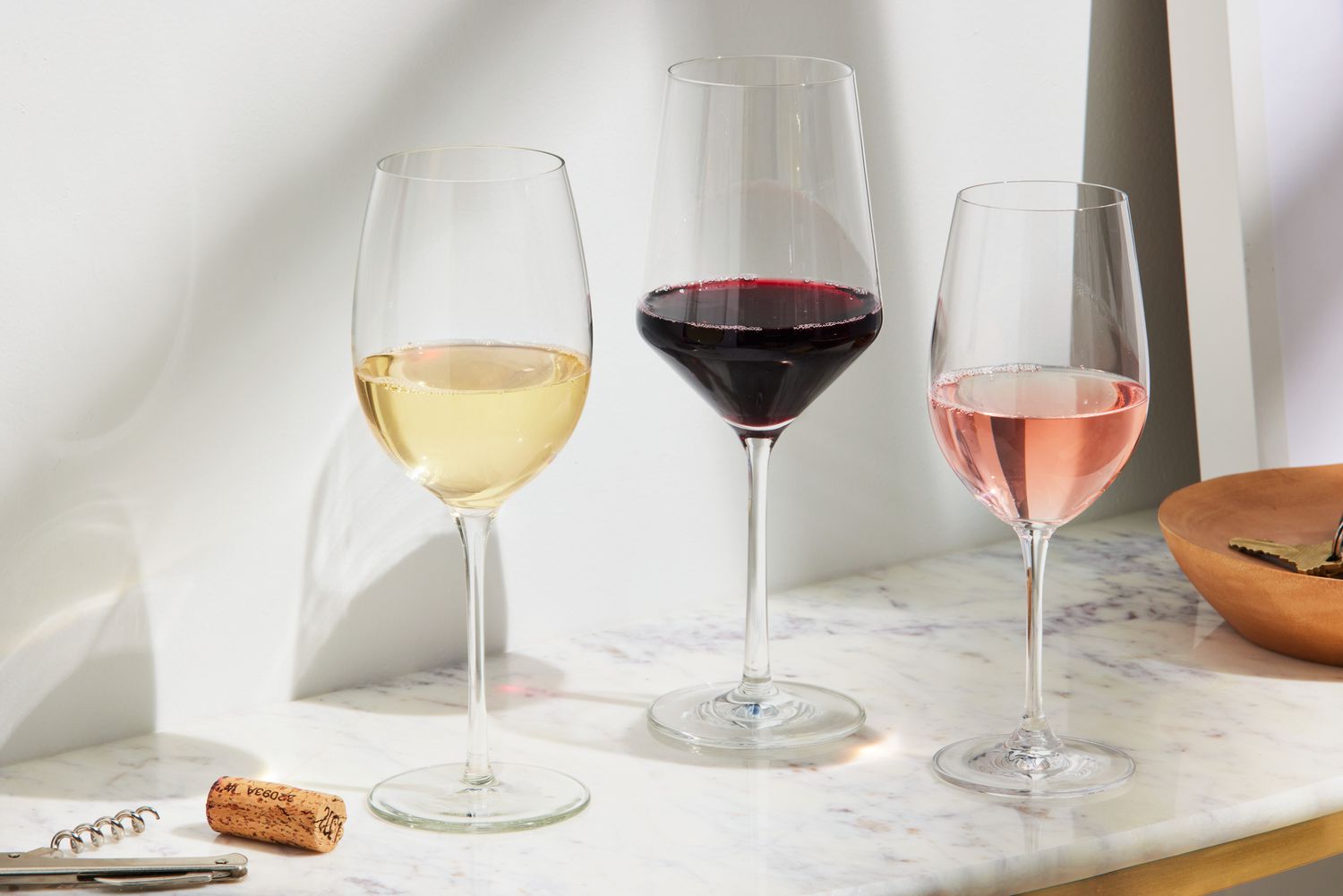
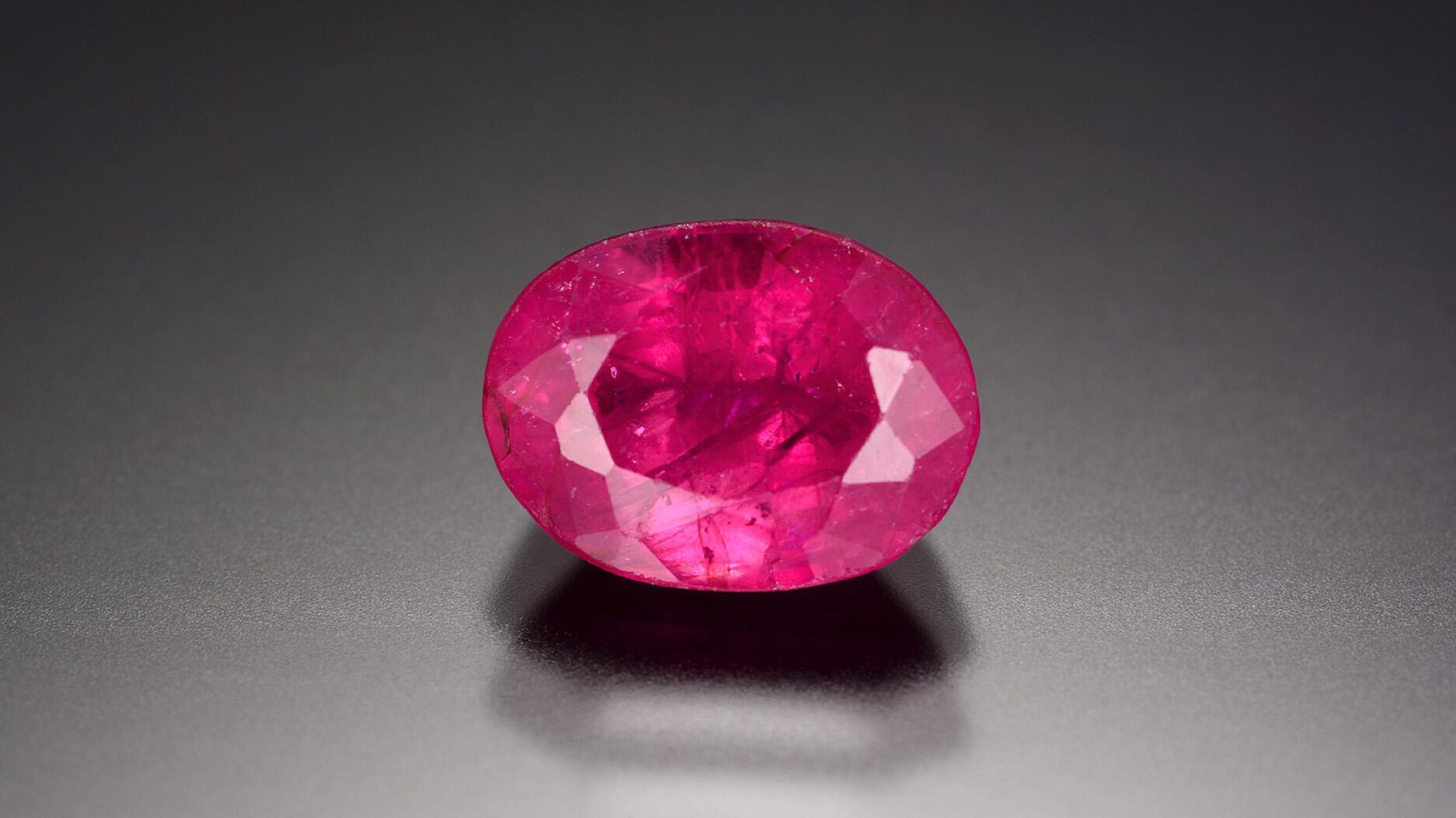

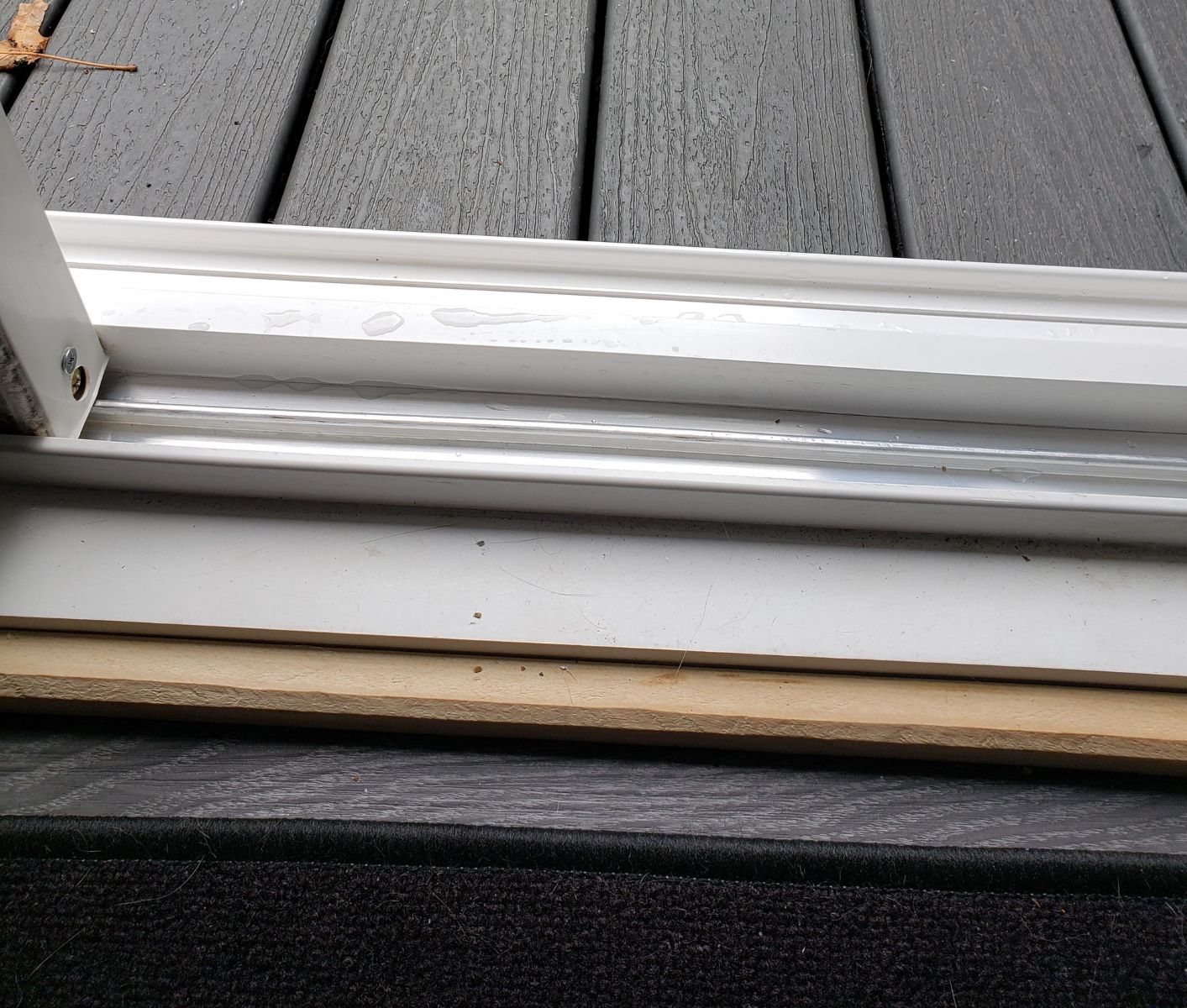
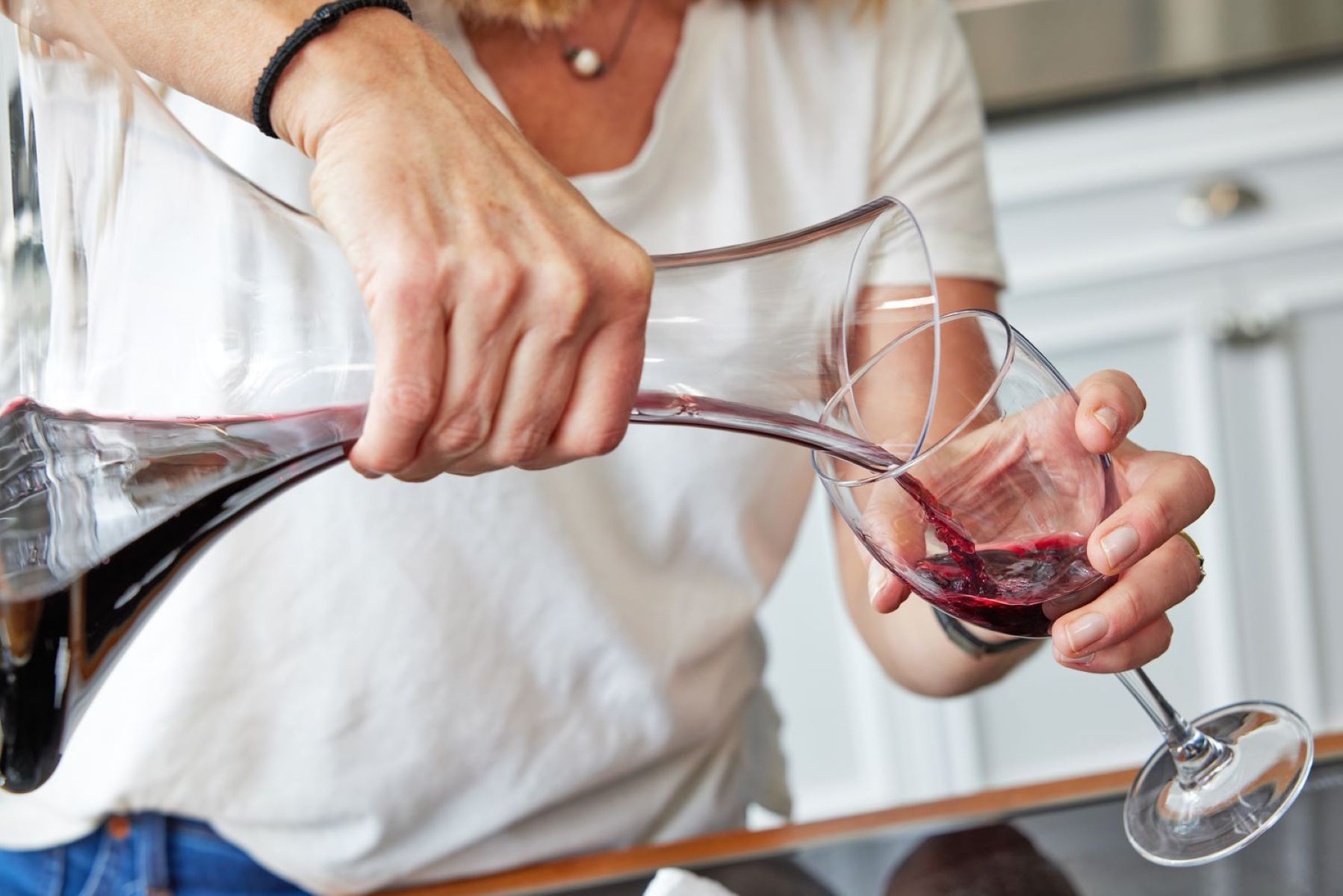
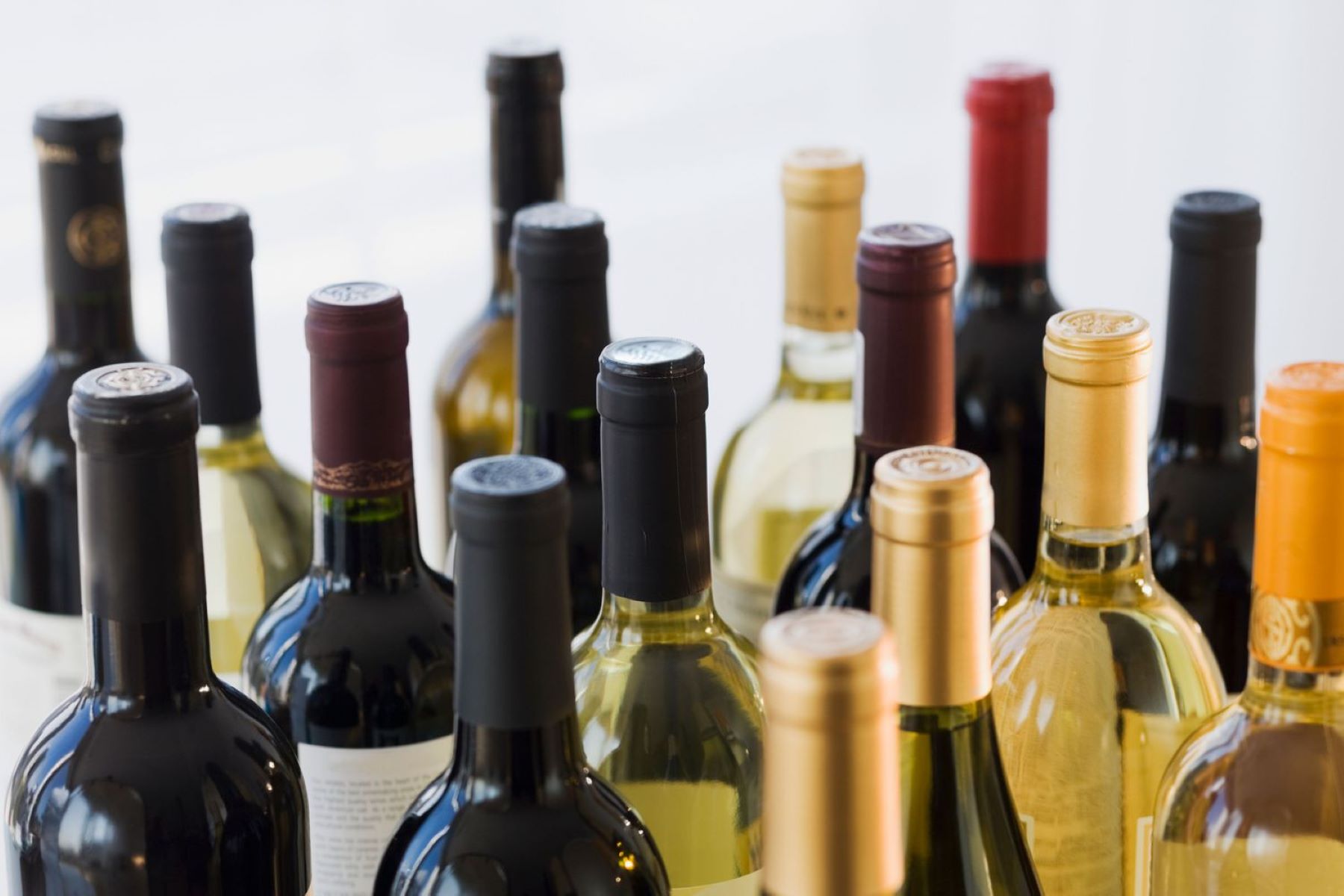
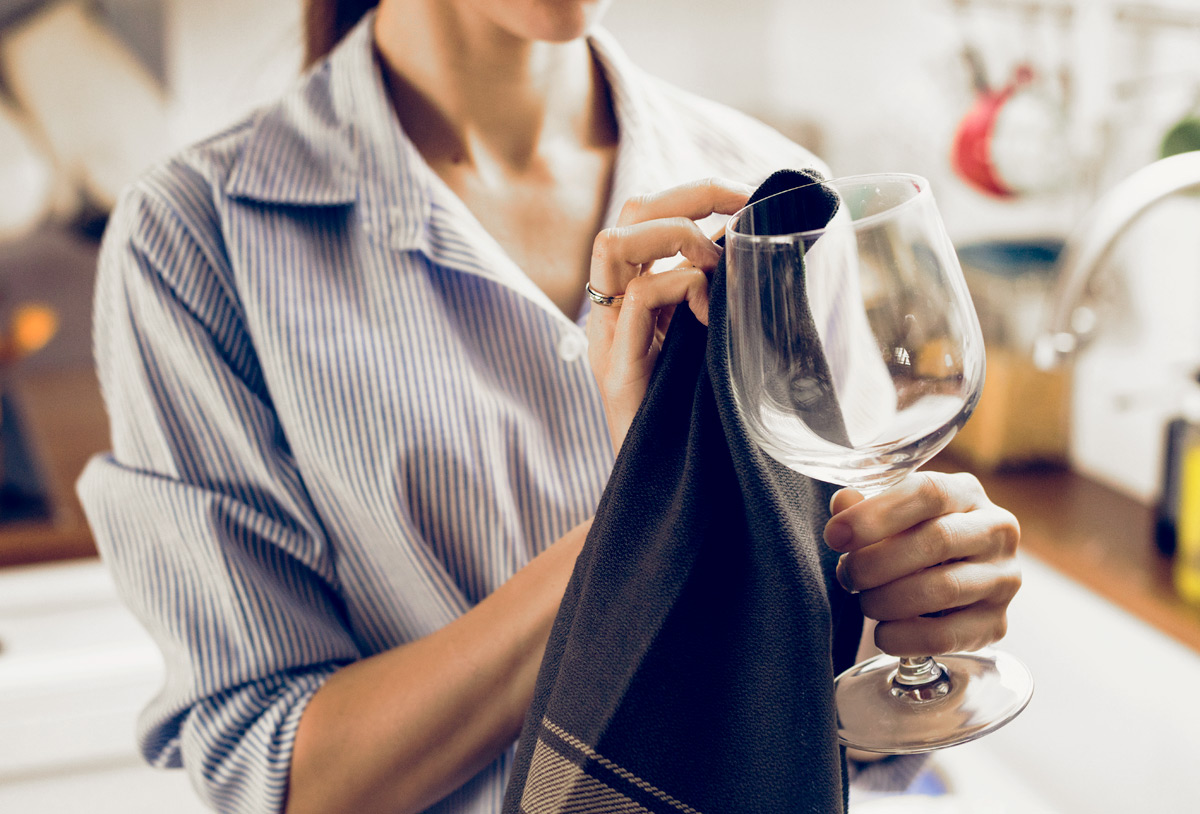
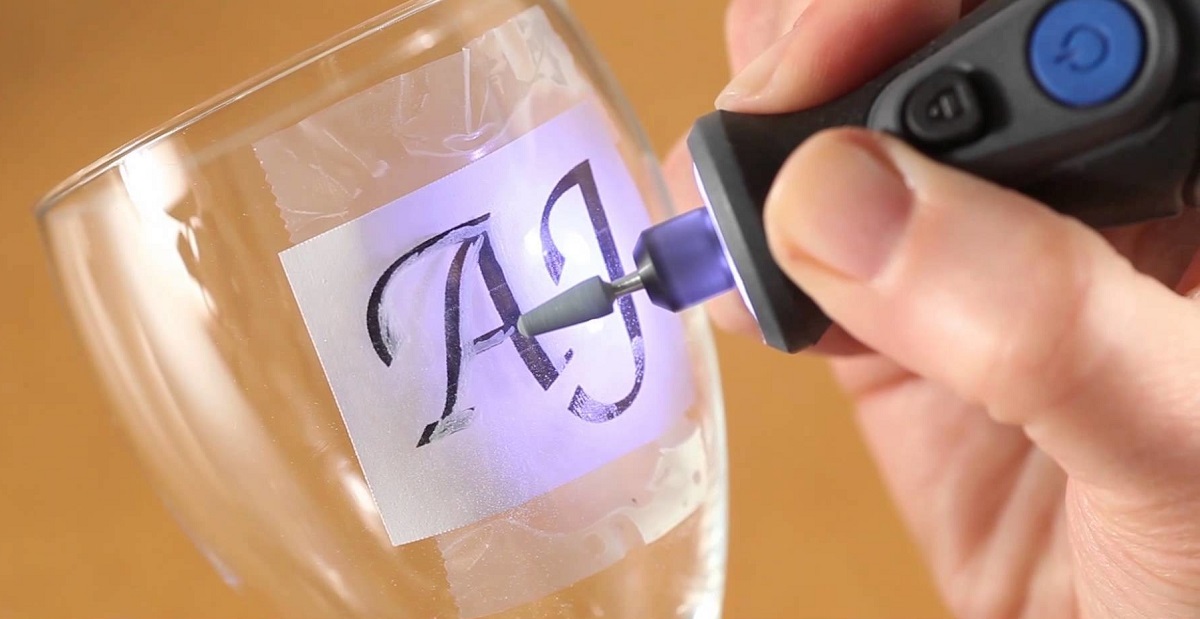
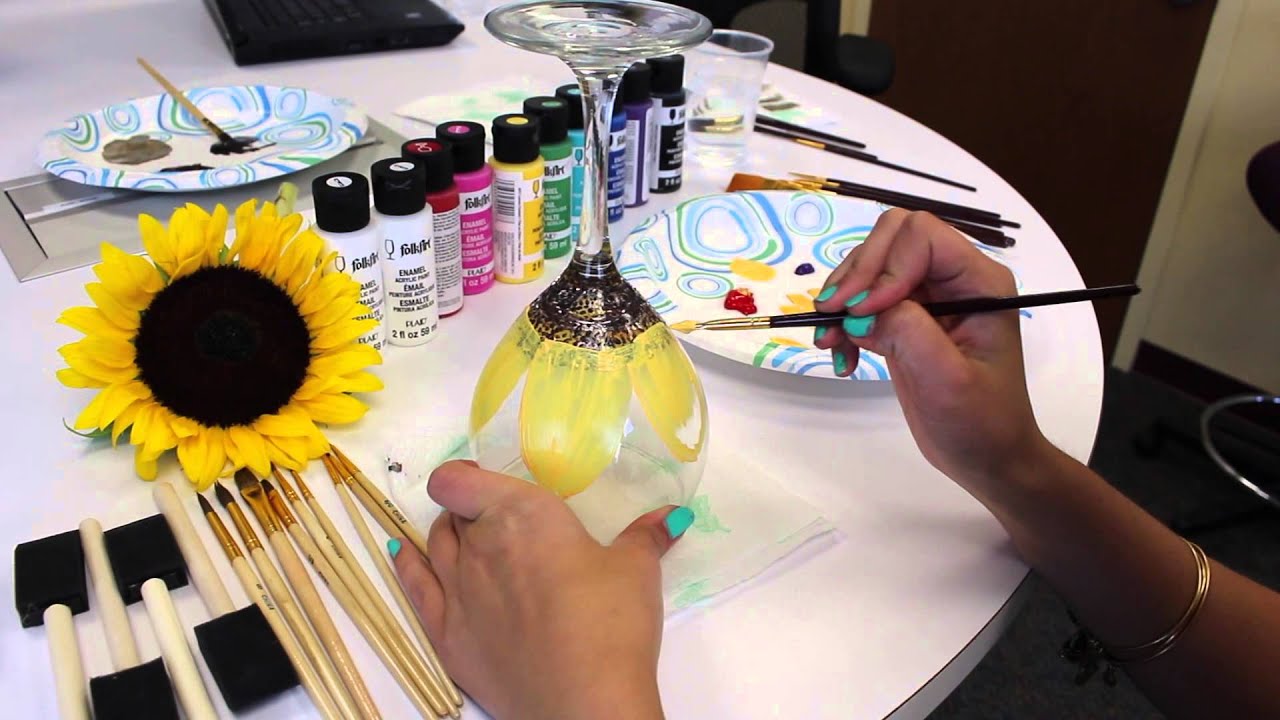
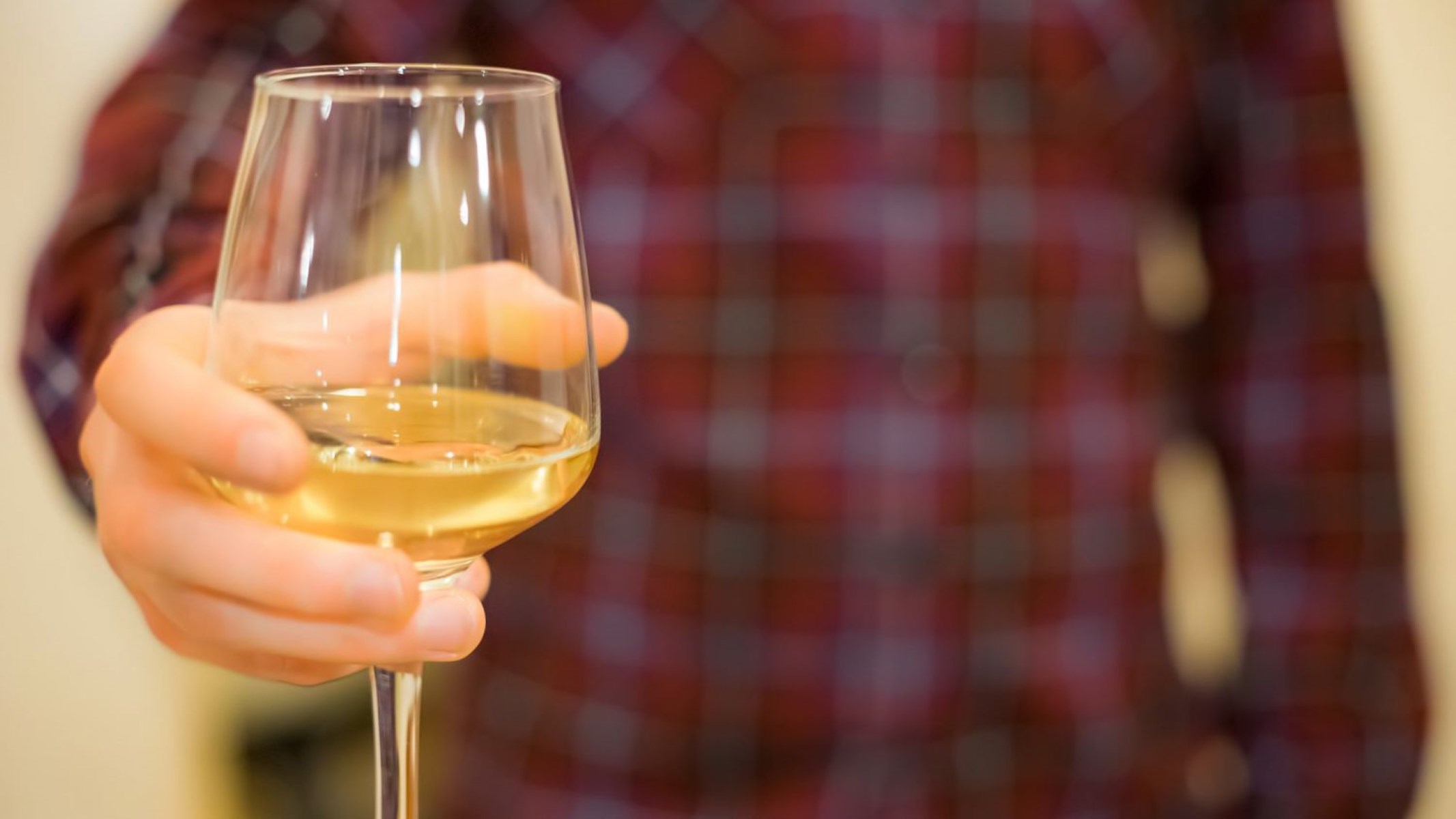
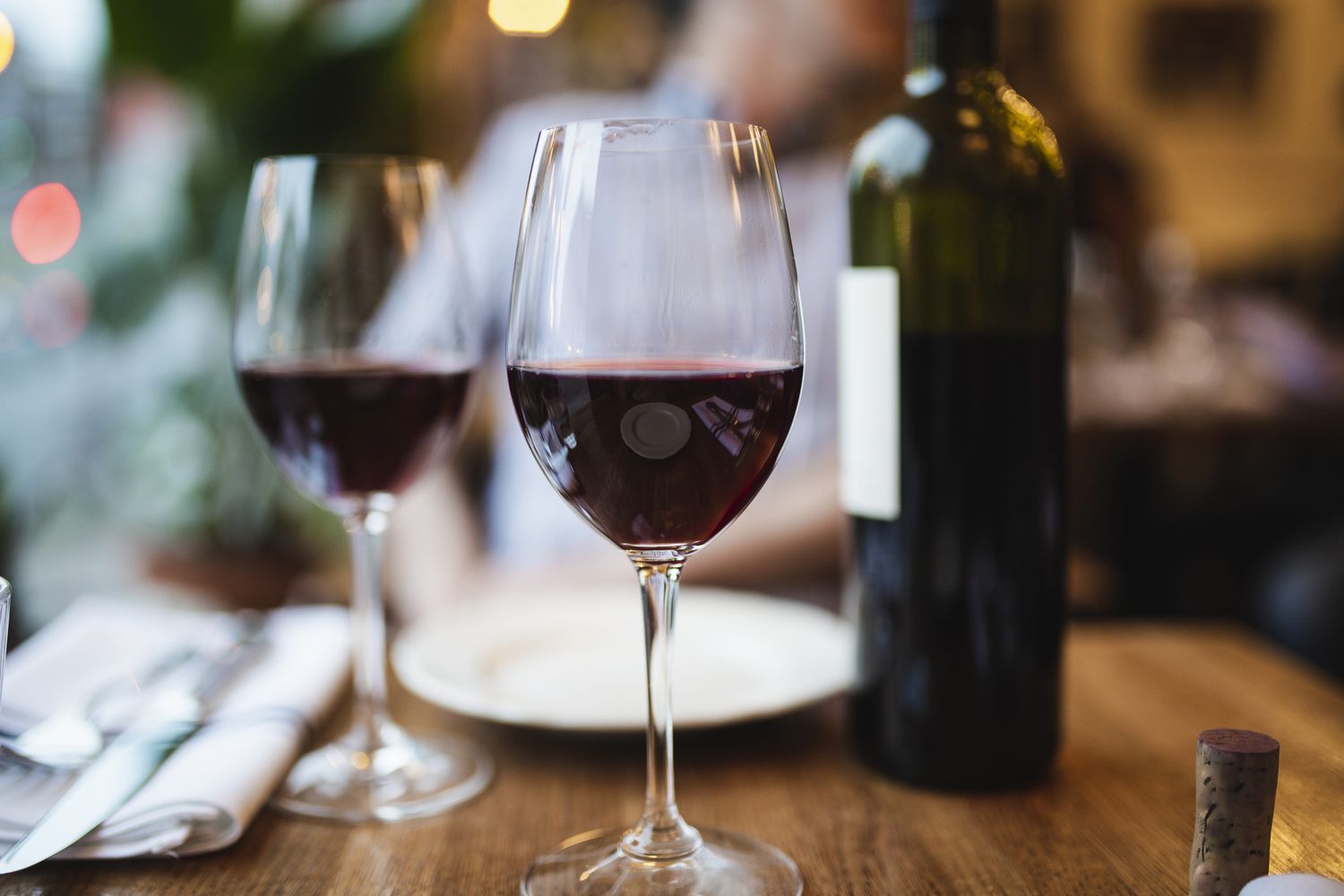


0 thoughts on “Why Are Wine Glasses Filled Halfway?”